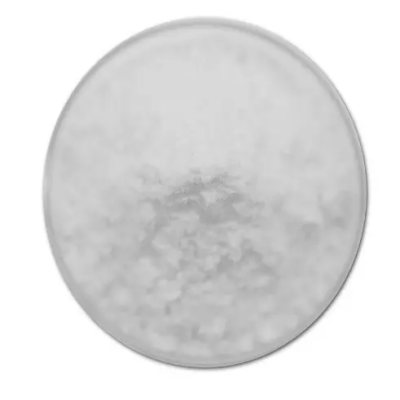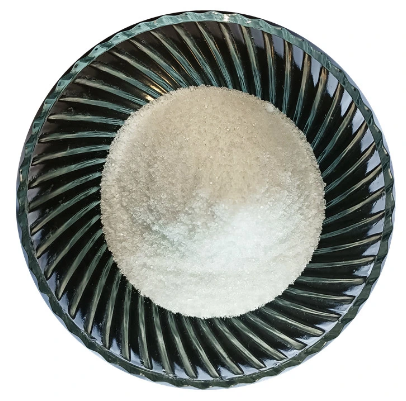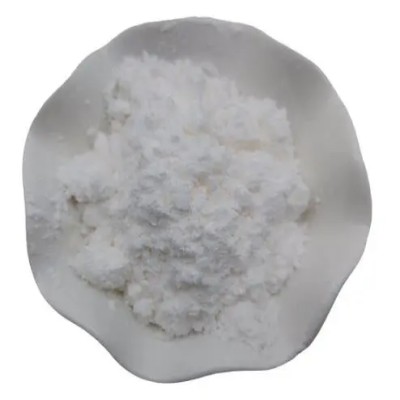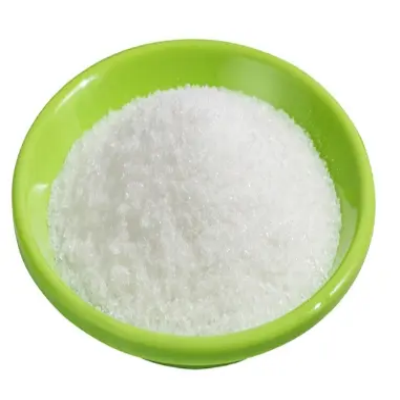Naphthalene, 1-cyclopropyl-4-isothiocyanato- CAS:878671-95-5
The synthesis of 1-cyclopropyl-4-isothiocyanato-naphthalene involves several organic reactions. One possible approach starts with the bromination of naphthalene at the 1 position to introduce a bromine atom. This can be achieved using a bromination reagent such as bromine in an organic solvent. Next, the brominated naphthalene undergoes a nucleophilic substitution reaction with an organometallic reagent such as a Grignard reagent derived from cyclopropylmagnesium chloride. The Grignard reagent attacks the bromine atom, replacing it with the cyclopropyl group. Finally, the isothiocyanato group is introduced into the 4 position of the naphthalene core through a reaction with an isothiocyanating reagent such as thiophosgene or isothiocyanic acid. This step involves the nucleophilic attack of the isothiocyanating reagent on the electron-deficient carbon atom of the naphthalene ring. 1-Cyclopropyl-4-isothiocyanato-naphthalene is a valuable intermediate in organic synthesis, finding applications in the preparation of various pharmaceuticals and other organic compounds. The presence of the isothiocyanato group makes it a versatile building block for the synthesis of more complex molecules, such as thioureas and sulfides. The compound can be further modified or functionalized to create more complex molecules with improved pharmacological properties. The compound should be handled with care and stored under appropriate conditions to maintain its stability and purity.



| Composition | C14H11NS |
| Assay | 99% |
| Appearance | white powder |
| CAS No. | 878671-95-5 |
| Packing | Small and bulk |
| Shelf Life | 2 years |
| Storage | Store in cool and dry area |
| Certification | ISO. |






![tert-Butyl 3,7-diazabicyclo[3.3.1]nonane-3-carboxylate hydrochloride CAS:1523617-92-6](https://cdn.globalso.com/xindaobiotech/14Z4YR3PJ6@V5_YM202.png)


